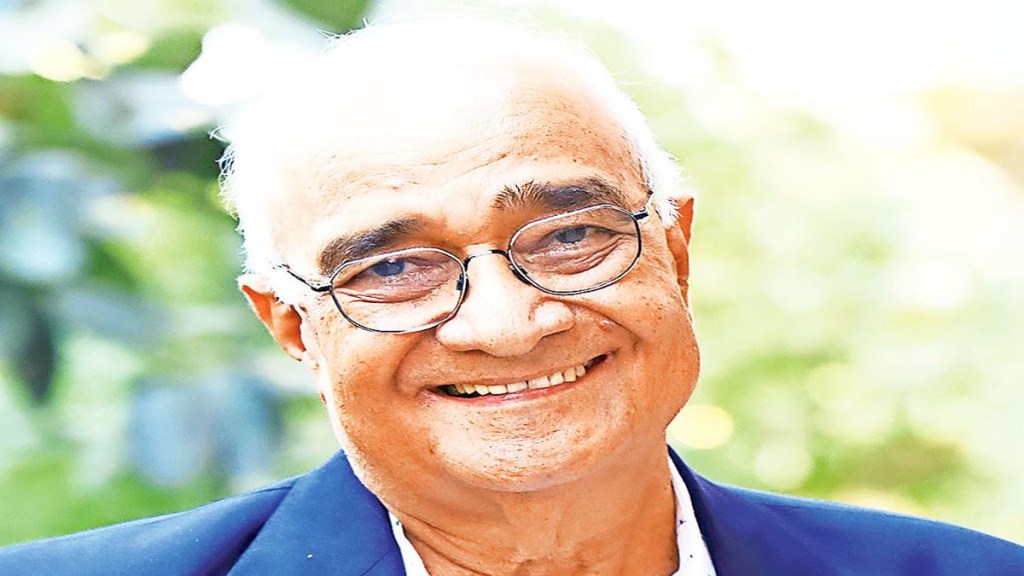India has seen a paradigm shift in the way technology is consumed. “From being passive recipients of technology, we have moved to be the predecessor,” says LC Singh, tech industry veteran and director & executive vice-chairman of global consulting and services firm, Nihilent. He has played a key role in shaping the Indian IT services industry, founding Nihilent in 2000. In a recent interview with Sudhir Chowdhary, he spoke on some of the hottest technologies such as Web 3.0, ChatGPT, Bard and AI, as well as newer ones in the pipeline. Excerpts:
How do you envision Web 3.0? How will it change our lives?
The third generation of the World Wide Web will disrupt the online world. It is still in the in-development stages. So far, we know that the users will be connected via a decentralised network based on Blockchain. Web 3.0 also promises peer-to-peer communication and will use cryptocurrencies as a payment medium. All these concepts require new infrastructure, which is practically open-source support.
The biggest advantage of Web 3.0 will be for the end-users, as there will be complete control over data ownership due to the decentralised network. In addition, it promises new security measures and best practices to help curb cybercrimes.
The government plans to set up AI centres of excellence. How can such facilities reverse the brain drain?
Technology has become essential in all manufacturing industries, as most of the processes are now automated, wherein smart machines work in collaboration with humans and even make a few decisions independently. This shift is creating a skill gap which will be resolved if the AI centres of excellence are set up. However, this requires a strong industry–academia partnership to give aspirants suitable exposure in theory and practically .
Building the perfect platform to develop data and computing power within India will generate more jobs and power startups. This, in turn, will create quality job opportunities in India to reduce the brain drain.
How will metaverse impact the scale of innovation in India?
India has seen a paradigm shift in the way technology is consumed. From being passive recipients of technology, we have moved to be the predecessor. This welcome change stems from two factors; one, India has the largest GenZ population who are more open to change and two, the entrepreneurial temperament which strides on innovation.
In India, metaverse growth is driven by the rise of startups. These startups are creating unique experiences for customers, in turn attracting venture capital funds. This is a huge encouragement to innovation, driving growth for the Indian technology sector.
What are your thoughts on ChatGTP and Bard? Will they lead to a curb in out-of-the-box thinking?
Any AI application’s learning curve is very long. ChatGPT and Bard are in the functional phase, and in a few years, they will evolve. The human brain always envisions any change as a threat and tries to resist the transformation. We have witnessed this from the first car to airplanes to computers and AI. Each time there are positive and negative views on innovation and technology. Eventually, they do become an integral part of our life.
It is too early to predict the exact future of these latest innovations; however, one thing is certain — technologies such as ChatGPT are not the end of such disrupting innovations. There are many more like Artificial General Intelligence (AGI), Explainable AI (XAI), Deep Reinforcement Learning (DRL), Transfer Learning, etc., which will soon create ripples in the world of technology.
What holds back the adoption of design thinking in organisations?
Large organisations typically solve business problems linearly. Top management finds the design thinking process expensive and time-consuming while mid-managers don’t want to validate the sunk cost and challenge the confirmation validation. All this is teamed up with bureaucracy, and lack of design thinking expertise makes them averse.
The design-thinking approach calls for an iterative approach where client feedback continuously changes the solutions to achieve 100% customer satisfaction. Unless the organisation’s culture changes from risk-averse to innovative with a mindset to fail forward and make accommodations till it fathoms the customer, design thinking will always be a far-fetched dream.

